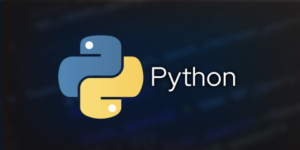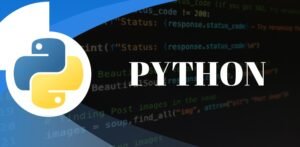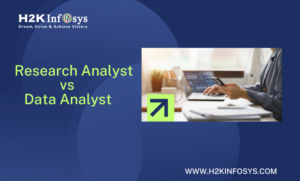Experienced data scientists will find it useful to think of hybrid cloud systems as a high-tech ecosystem—complex and full of dangers that, if not handled carefully, might devour you whole.
In this setting, keeping track of vital indicators isn’t just beneficial; it’s the key to ensuring that everything operates as smoothly as possible. Here are only five that should be on your radar. If you want to learn more about Data science, check out the best data science training.
1.Latency labyrinth: Navigating the mysterious passageways
Imagine you’re in a maze, where every twist and turn could lead you closer to sweet, sweet data or to a dead end of slow performance—welcome to the Latency Labyrinth.
To avoid these dead ends, data scientists must monitor network latency like hawks. Why? Because even microseconds of delay can disrupt your prediction models or real-time analytics.
To avoid these delays and improve response times, intelligent professionals use technologies such as SolarWinds hybrid cloud monitoring. These platforms assist in identifying bottlenecks so that data flow can be optimised and everything runs smoothly.
2.Error rates are the silent alarms of hybrid cloud environments.
Error detection in hybrid cloud setups is analogous to tracking down a stealthy gremlin—it’s wreaking havoc but is very excellent at hiding. Elevated mistake rates are equivalent to silent alarms ringing across your system; ignore them at your peril. They are red flags that indicate flawed code, integration issues, security weaknesses, or even more complicated problems with your data pipelines.
It’s fantastic when you can step in and resolve difficulties before they escalate into larger problems. Being proactive results in reduced downtime and better service for customers—which, let’s face it, is the name of the game.
Whether you’re troubleshooting an API that’s acting up or tracking down a strange back-end issue that recently appeared, employing insights from platforms can help you detect those flaws early on so you can squash ’em and get on with your day.
3.Throughput throttle: Keeping the data expressway wide open.
Throughput serves as your speedometer on a data expressway. Too much traffic, and your work comes to a halt; too little, and you aren’t pushing the boundaries of what is possible. It’s all about striking the right balance and ensuring that data moves like it has a green light at every block.
Data scientists who want to avoid congestion utilise tools and approaches to guarantee that their systems aren’t just flashing warning lights, but also leading them along the shortest path possible. This means no extra pit stops or idle time—just pure, uninterrupted data flow. Feeling the excitement of lots of data being handled efficiently is one of those minor victories in life that add up over time.
4.Resource rodeo: Managing your cloud resources
It’s like putting a lasso around your cloud resources, hoping to snag exactly the right amount. Resource Utilisation is your rodeo show, where you get points based on how well you use what you have. CPU, memory, and storage setup are wild stallions that will buck if not carefully handled.
You don’t want to be the one caught splurging on resources you’re not even using or gasping at performance difficulties because your server is overloaded like a clown car. Keeping an eye on consumption metrics ensures that not only are costs kept under control, but that your applications are running smoothly and without stumbling over themselves. You won’t need a cowboy hat to keep everything running well if you stay tuned in and make minor adjustments.
5.Security sentries: Protecting the data castle.
Your cloud fortress is packed with valuable data jewels, and you undoubtedly require top-tier security sentries to maintain watch. Tracking security risks is more than just putting on armour; it’s about spotting the subtle murmurs of danger before they turn into shouts.
If there’s one thing any data wizard understands, it’s that risks evolve quicker than viral memes. So, what is your next move? Staying watchful by monitoring authentication attempts, access patterns, and network traffic for signals of unusual activity. Consider it like building traps for cyber goblins attempting to get into your treasure vault—stay sharp and they won’t stand a chance. This statistic isn’t glamorous, but it’s really necessary for world peace (and mental tranquillity).
Conclusion So there you have it, those five metrics are critical for data scientists to understand in hybrid cloud setups. Keeping a careful eye on these can provide you a significant advantage by ensuring that your cloud strategy is strong and your analytics are accurate. Check out our Data scientist training and placement program to learn more.






























